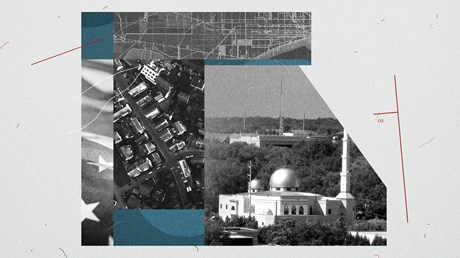As “mosque planting” and “unmosqued youth” increasingly resemble patterns in the church, evangelical experts reflect on implications for faith and witness.

The American mosque increasingly resembles the American church.
New data released in the US Mosque Survey 2020 reveals a plateau of conversions, a shift to the suburbs, and a challenge with “unmosqued” youth.
“Muslims and their mosques are becoming more integrated into American society,” said Ihsan Bagby, the lead investigator, “and more adjusted to the American environment.”
Released every 10 years, the survey aims to comprehensively dispel misconceptions about the locus of Muslim community in the United States. The hope is that better understanding will lead to overall improvement.
How might the findings guide American evangelicals?
Begin with the contrast: the increase in the Muslim equivalent of church planting.
The survey counts 2,769 mosques in the US, an increase of 31 percent since the 2010 report. The prior decade had a growth rate of 74 percent, with 1,209 mosques counted in the 2000 report.
They increasingly appreciate a nice backyard.
The share of mosques in large cities has dropped from 17 percent in 2010 to 6 percent in 2020, while the share in small towns has dropped from 20 percent to 6 percent. The survey found that 8 in 10 Muslims now live in a residential or suburban area.
“As we begin to share the same neighborhood, engaging the Muslim community is no longer just the domain of missionary specialists,” said Mike Urton, the associate director of Immigrant Mission, a ministry of the Evangelical Free Church of America.
“It is now the domain of the local church.”
The now mostly suburban Muslims also “tithe” similarly to their Christian neighbors.
Including contributions toward operating expenses and the obligatory zakat charitable giving to the poor, ...
from Christianity Today Magazine
via


.gif)

.gif)
.gif)
